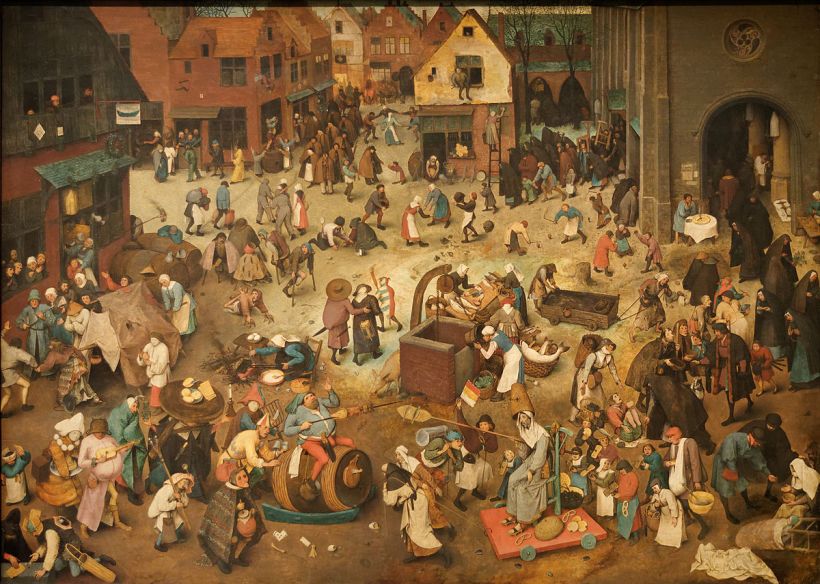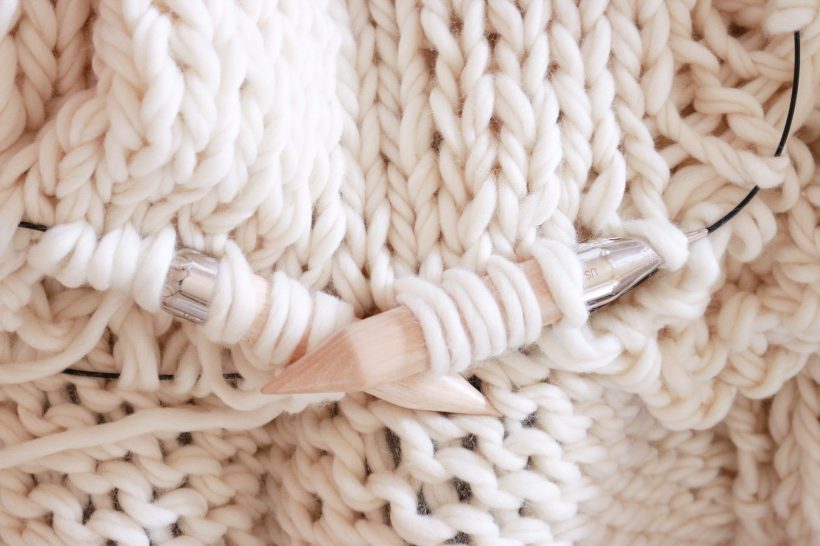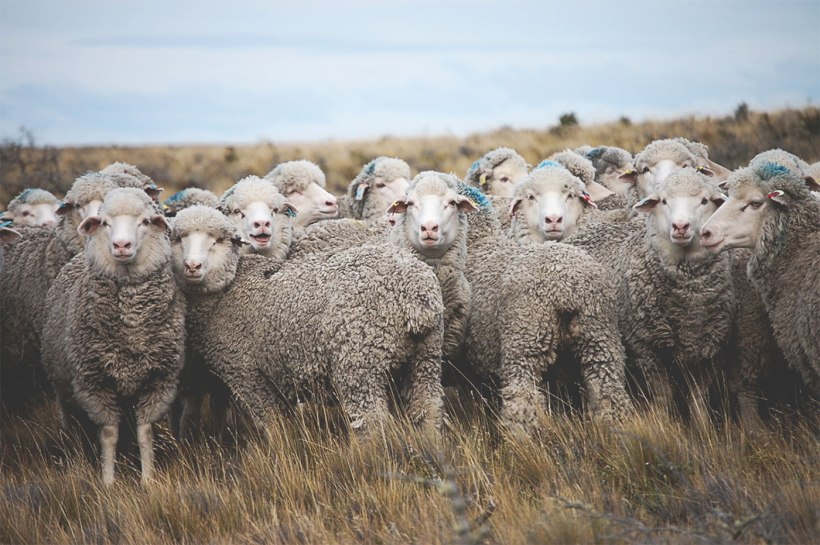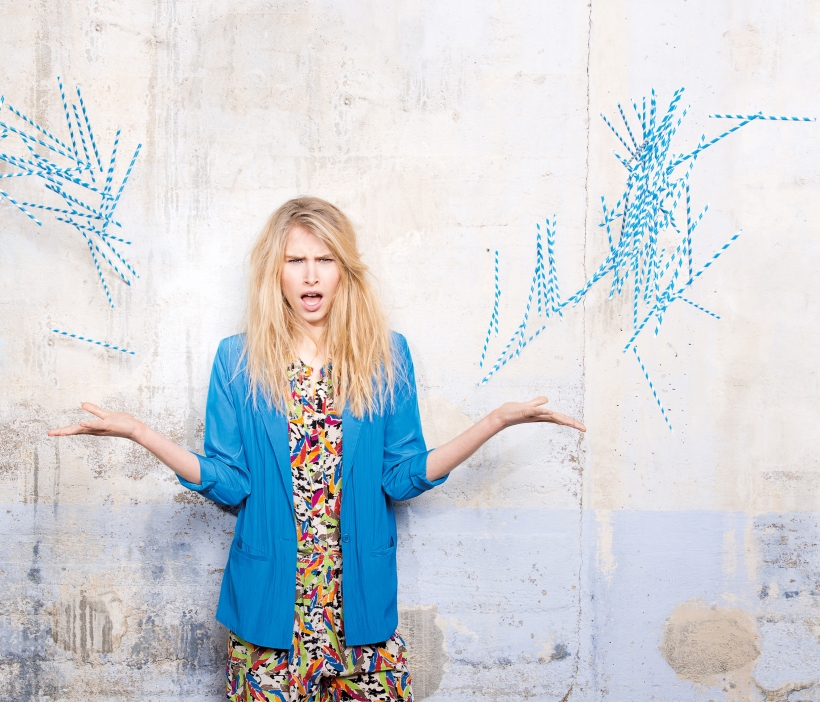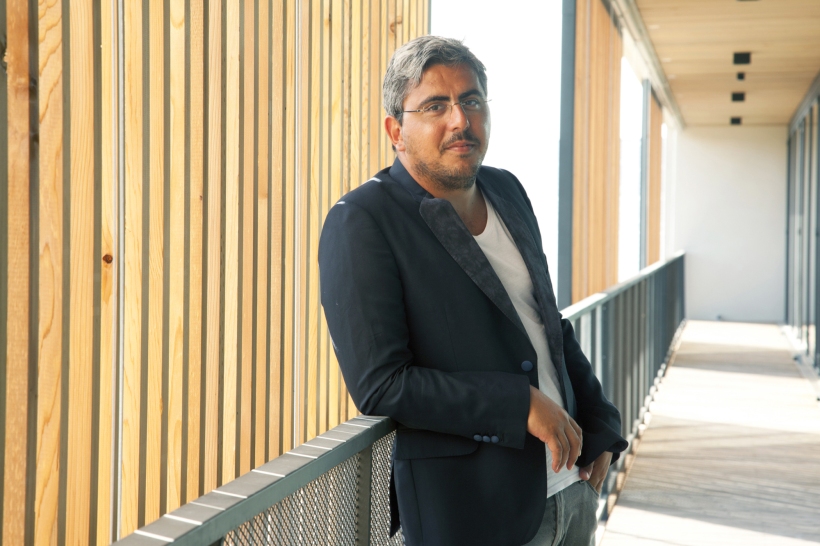Future is female… Present is female, Past is female… The Universe is female, as much as the other half is male as well… But this last part doesn’t need to be developed too much here (yet!). I don’t think I am the only person who got surprised, or chocked according to your level of political/personal engagement in woman positions in society, by this latest trend appearing on catwalks and already got down on Topshop T-shirts.
If some woman are staying indifferent to this current trend of “Feminism”, please, WAKE UP !!!
And remember what your ancestors suffered for, and mainly what you are still suffering for (without even being conscious of it apparently).
We, women of the world, have been truly empowered compared to a century ago, and we, human beings, got conscious of women’s conditions, all over the world. This is now the responsibility of each of us to change what’s need to be changed… Each woman can find the strength inside to shape her path.

Reading this interview of Maria Grazie Chiuri published on the Guardian. I got quite inspired to reflect around her own vision of what means feminism. This is an extract from the interview:
“I am not interested in the old stereotypes, of what a feminist looks like or doesn’t look like. I don’t think there is one way to be a feminist.”
And I must say I really agree on this. Nevertheless, I have to add something. In my point of view, the term of “feminism” doesn’t exist anymore. We all understood and got conscious that we are living in patriarchal societies, in which the white/heterosexual/able man is ruling.
It’s not a matter of being feminist anymore, because we should all already have integrated those notions inside our lives and it’s the duty of each of us to apply them.
Change is slow, especially when we talk about patterns rooted into our sociology for millenniums.
And talking about evolution, I’m really curious to see what will be the next move of Maria Grazia Chiuri, the eventually first woman as creative director of the historical French House…
We are moving forward, slowly but surely !



